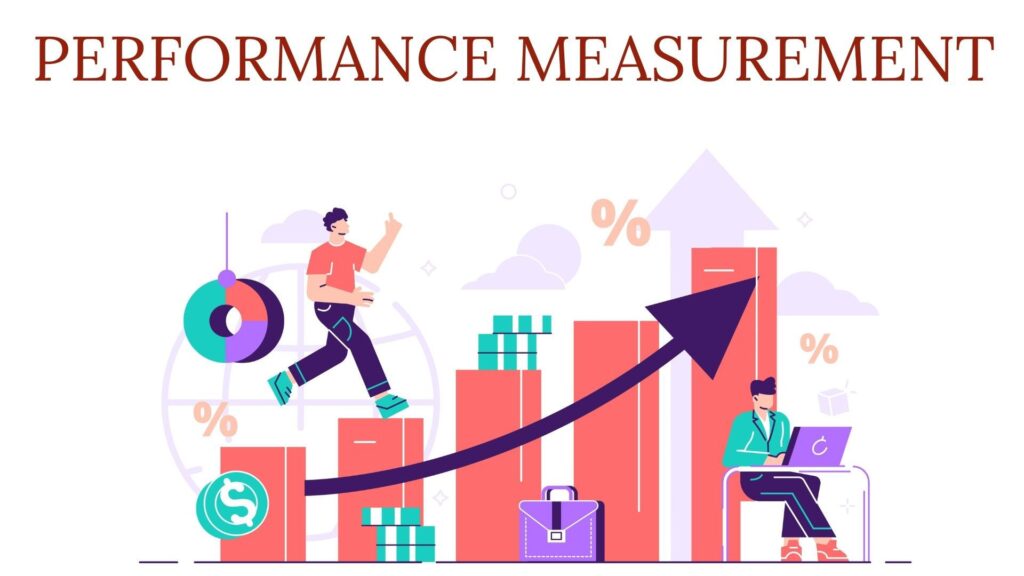Business performance evaluation enables one to understand how well a firm is performing towards attaining the set goals and ways to do better. The performance metrics, therefore, give businesses an insight into the information they require regarding their financial health and customers’ satisfaction, among other parameters. We look at some of the important metrics businesses must track for continued growth and achievement.
1. Revenue and Sales Metrics
These are two of the major metrics that define any business in regard to financial health and market performance.
- Total Revenue: This is the total amount of money generated from the sale of a good or service prior to the deduction of any type of expense. It gives the absolute picture on the earning capacity of the business.
- Sales Growth: This will outline the trend over some time and thus draw a picture of whether sales strategies work properly.
- Average Revenue Per User (ARPU): ARPU is an average revenue that each user generates; hence, it indicates how profitable those relationships are at the level of individual customers.
2. Profitability Metrics
Profitability metrics indicate the financial efficiency and health of your business.
- Gross Profit Margin: This is the percentage above the cost of goods sold and gives a view as to just how lean a business is in relation to the production and selling of products.
- Net Profit Margin: This measures the percentage remaining from revenue after deducting all expenses, tax, and interest, and so speaks towards general business profitability.
- Operating Margin: this measure gives the percentage of revenue remaining after operating expenses are considered, but before knowing what the interest and tax are. It helps to explain how profitable the core business operations are.
3. Customer Metrics
Customer metrics relates customer behaviour and reactions to the product in terms of satisfaction and loyalty.
- Customer Acquisition Cost: The following metric means that it would show the cost of a new customer. It is the total marketing and sales expenses divided by the number of new customers acquired in a period.
- Customer Lifetime Value: The CLV is a projection of the dollar value the single customer account is likely to generate in revenue over their lifetime. This metric allows for the long-term value of the customer to be known.
- Churn Rate: The rate at which customers stop engaging in business with the company within a given period. High levels of churn may point to a deeper problem with customer satisfaction or even the quality of the product.
4. Operational Metrics

Operational metrics relate a firm’s output with respect to internal processes.
- Inventory Turnover: It is the number of times inventory is sold and restocked during a given period. If the inventory turnovers are high, then inventory is managed effectively.
- Order Fulfillment Cycle Time: The cycle time from the receipt of an order to deliver the product or service to the customer. This would enable a company to identify bottlenecks in any supply chain.
- Employee Productivity: This may be deduced from the output per employee or per hour worked. It would say something about the efficiency and effectiveness of the workforce.
5. Marketing Metrics
Marketing metrics are measurements that assess and quantify the performance of marketing campaigns and marketing strategies.
- Return on Marketing Investment (ROMI): This measures the revenues created from the marketing activities against the cost of doing them. It therefore will help assess the marketing spend’s effectiveness.
- Conversion Rate: This can be defined as the number of persons visiting a website, receiving any other form of marketing activity, who take any action or set of actions as desired by the business, such as making a purchase or registering for a newsletter.
- Customer Engagement: Customer engagement can be measured by some of the following engagement metrics, such as clickthrough rates, social media engagement, email open rates—essentially, ways a business is engaging its audience.
6. Financial Health Metrics
The financial health metrics are the ones that give the holistic view of the financial stability of a business.
- Current Ratio: It’s a liquidity ratio that finds out if the firm is in a position to pay off its short-term liabilities with the help of its short-term assets. A value above 1 reflects good financial health.
- Debt-to-Equity Ratio: It is the solvency ratio showing total liability of the company against shareholders’ equity. The lower the ratio, the lesser the risk and better the financial stability.
- Cash Flow: Positive cash flow means that the firm receives more money than it spends. This parameter is very critical to the concern’s sustainability of operation and growth.
7. Employee Metrics
These assess the workforce performance and satisfaction, the other very important operational determinant of success.
- Employee Turnover Rate: This means the rate at which workers leave the company. The high rate of turnovers is usually a sign of bad working conditions or dissatisfaction.
- Employee Satisfaction: Through surveys and feedback, there can be measurement regarding satisfaction and morale of employees, which is a very essential factor of productivity and retention.
- Training and Development: Return on investment in employee training and development and its lead indicators for performance measure which helps understand how human capital is developed effectively.
8. Customer Satisfaction Metrics
The customer satisfaction metrics come to know how the expectations of the customers are met up.
- Net Promoter Score: NPS measures the percentage chance of customers recommending a company to others. It is one of the most effective ways to measure customer loyalty and satisfaction.
- Customer Satisfaction Score: CSAT surveys depict how satisfied customers are with a certain interaction or the overall experience with the company.
- Customer Feedback: Collection and analysis of qualitative feedback from customers shed light on customers’ experiences and areas of improvement.
9. Innovation Metrics
Innovation metrics measure the tendency or probability of a firm coming up with new, innovative products, services, and processes.
- R&D Spending: This captures what is spent on research and development and thus shows just how much of its business a firm is really committed to innovating.
- Product Launch Success Rate: It is the rate at which a new product, upon launching, does well in the market or how well they are faring with regard to sales.
- Time to Market: One can keep track of the time spent on the development and launching of new products to outline the efficiency in the innovation process.
Also read: 10 common challenges faced by entrepreneurs?
Conclusion:
The right metrics, when tracked and analyzed, provide insight into business performance and lead to good decisions. Such metrics range from revenue and sales metrics to profitability, customer, operational, marketing, and financial health metrics and employee, customer satisfaction, and innovation metrics—this goes on to give insight into the different areas of business. By regularly controlling these metrics, businesses can identify their strengths, work on their weaknesses, and hence set up plans that will ensure continuous growth and success.
Other Sources: Noobpreneur







One thought on “9 most important metrics for business performance?”